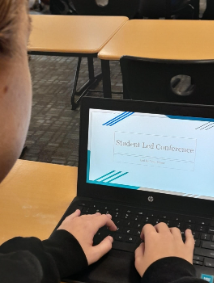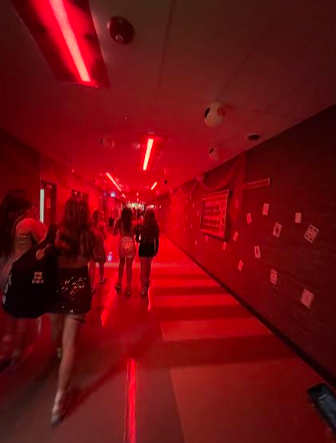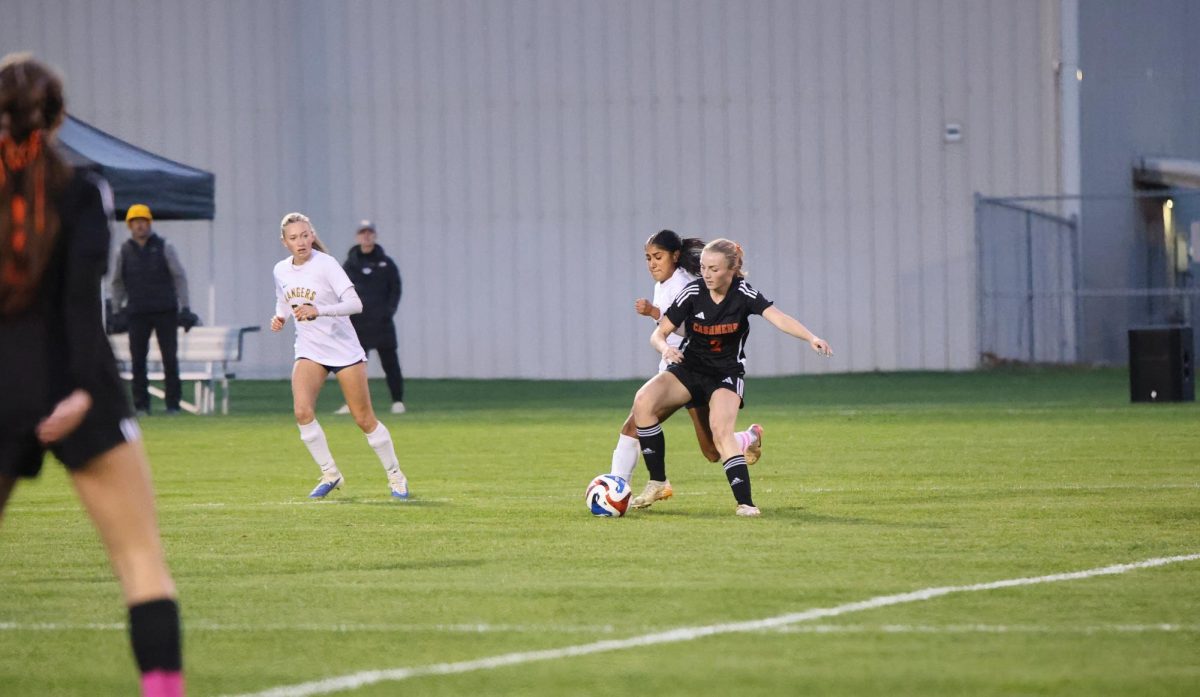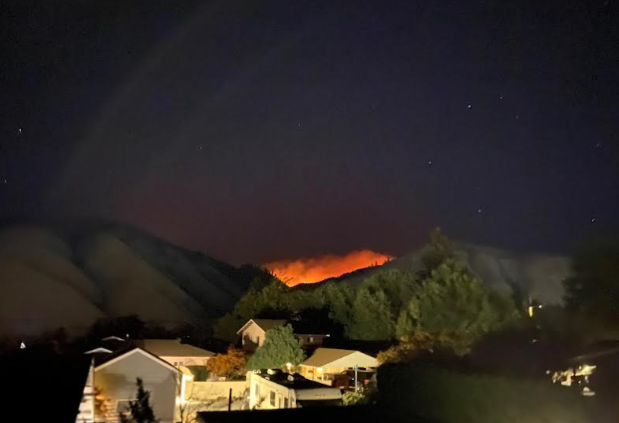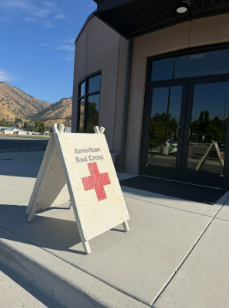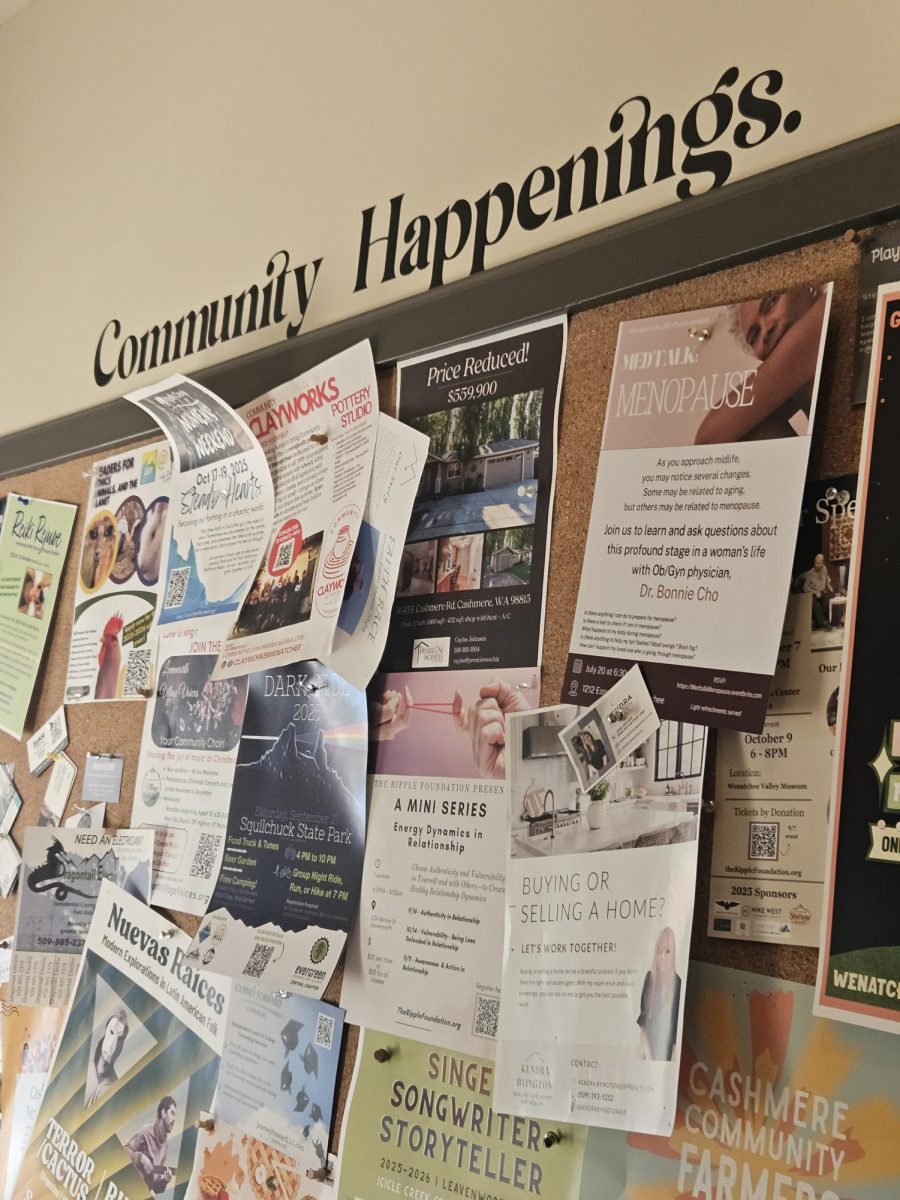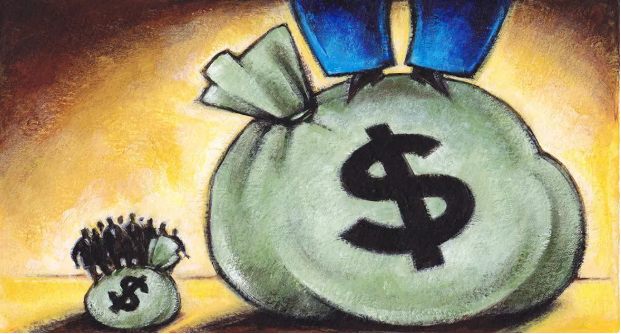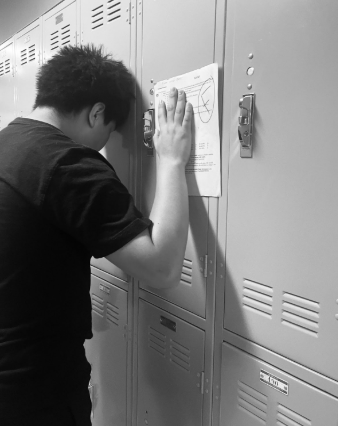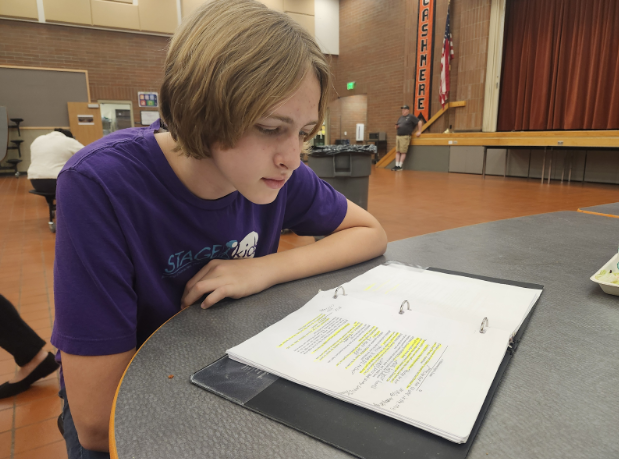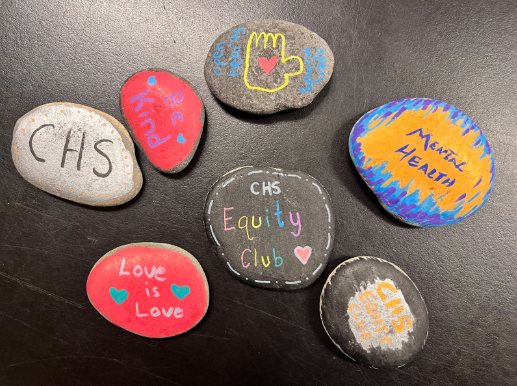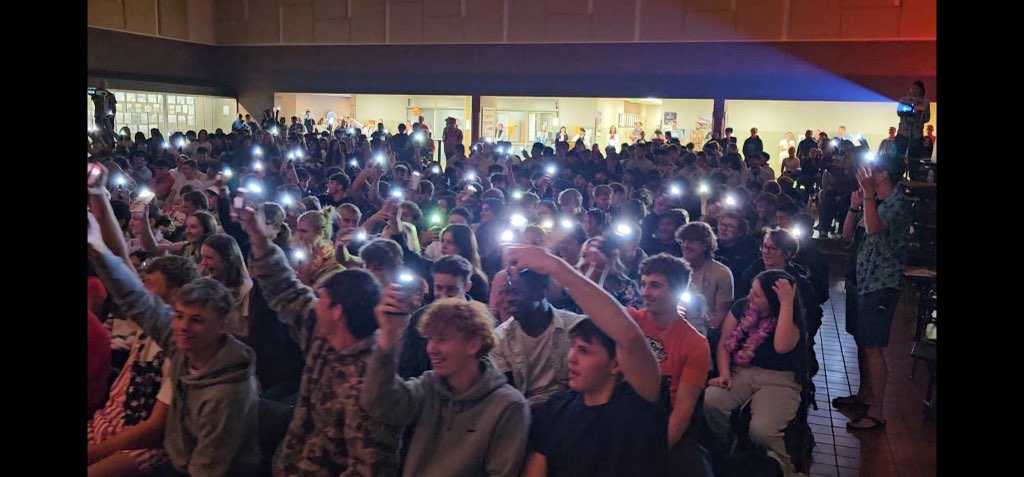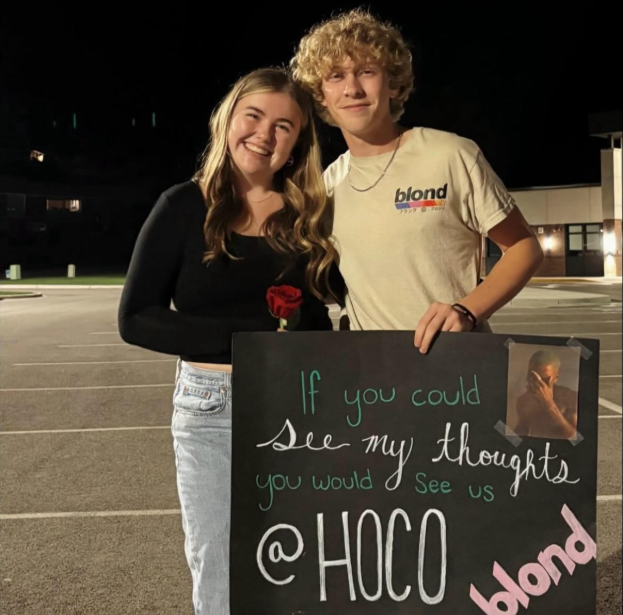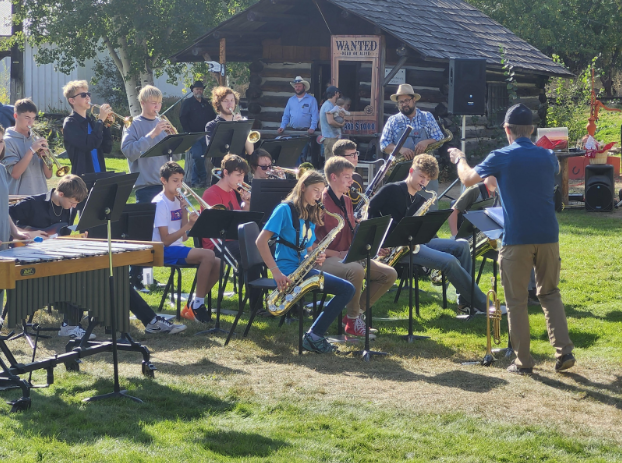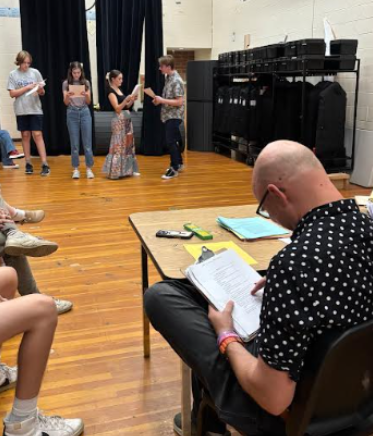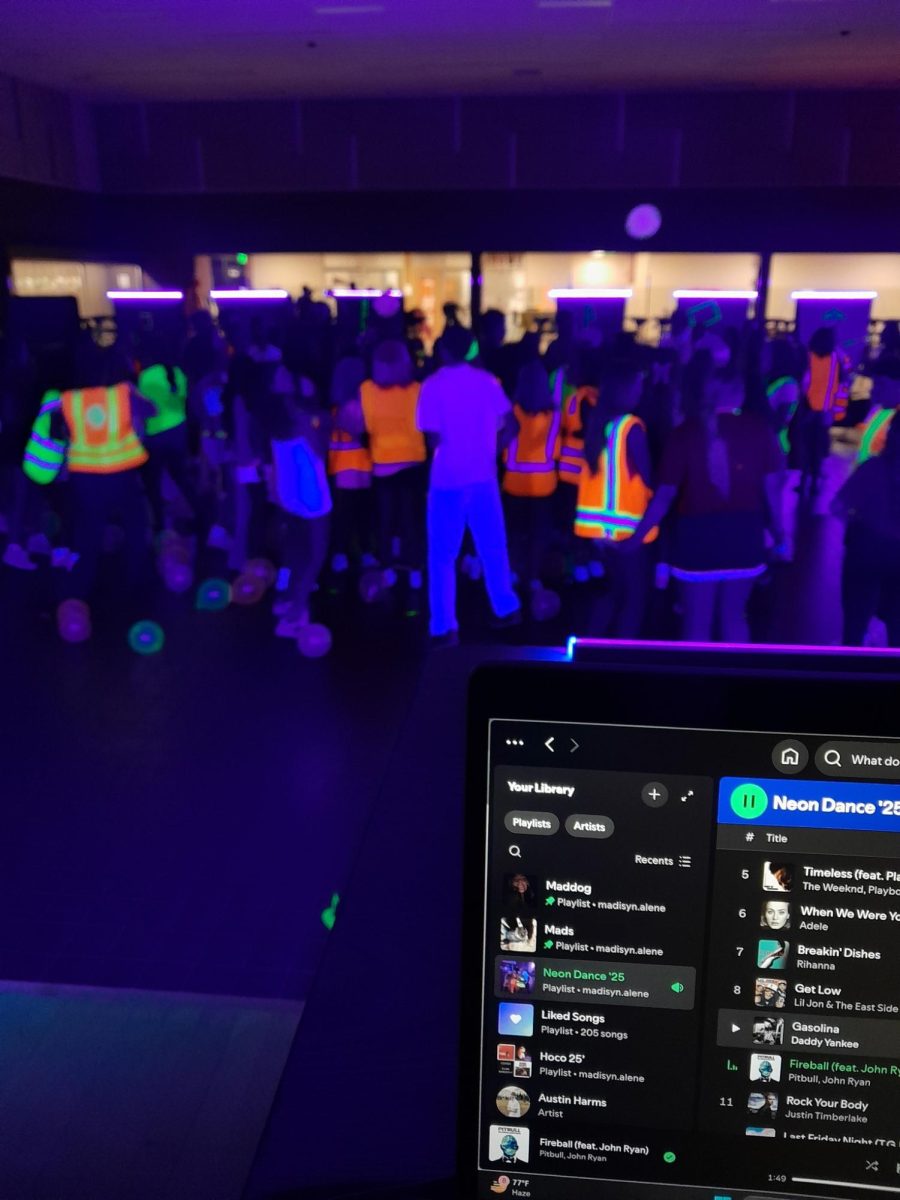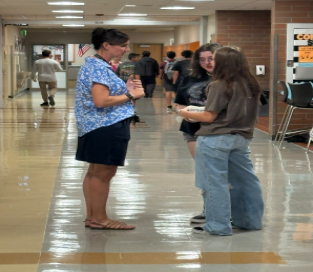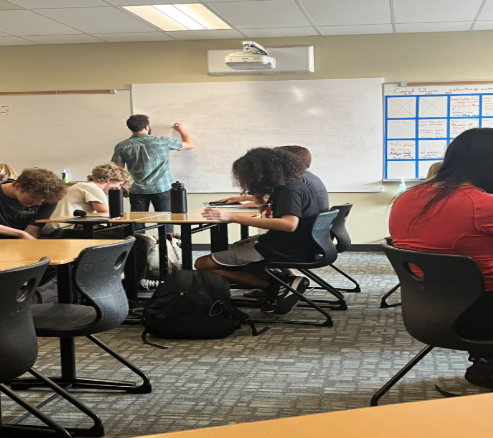Between sports, clubs, school, family, and friends, the students at our school have a lot of things they need to juggle. Many also deal with social pressure and the burden to achieve more. This kind of schedule leaves little time to recover, and, as a result, school can start to feel overwhelming. Due to this, stress and burnout levels among students are higher than before. In fact,“…80 percent of college students reported feeling overwhelmed, and 40 percent had difficulty functioning…” according to the article, Breaking the Silence- ASCLS.
For those who are unaware, burnout is “a state of emotional, physical, and mental exhaustion caused by excessive and prolonged stress.” Despite what some may believe, it’s not being “tired” or “lazy”; it’s a very real condition that affects how students participate in classes, in activities, and in their lives.
The reality is that mental health struggles are not rare, and, at this rate, they are not going away. Even before the COVID-19 pandemic, studies showed that mental health problems among high schoolers were steadily increasing. By 2021, feelings of sadness and hopelessness among teens had jumped 7.3% in only two years. And when surveyed, an astonishing 81% of teens reported feeling pressure in at least one area of their lives, while over half had said they were struggling with pressure in three (or more) areas.
Yet, while schools allow sick days for physical illness, there is little recognition of the fact that sometimes students need a day for mental recovery. If you come to school physically sick, you’re told to stay home and rest. Though if you show up emotionally drained, struggling with anxiety, or too overwhelmed to perform, you are still expected to push through as if nothing is wrong. That double standard blatantly supports the idea that physical health matters more than mental health, when in reality, the two go hand in hand.
High schoolers today are living with the kind of stress and pressure that previous generations did not. From the long-term effects of the pandemic, academic demands, and constant comparisons fueled by social media, it’s obvious why burnout and depression rates are climbing. If schools really want students to thrive, they need to treat both mental and physical health with the same concern. A step toward this could be allowing students mental health days and understanding that students need time to reset.
Similar to how you are unable to perform on a sprained ankle, you can’t learn or succeed when your mental health is not being cared for. Being able to rest mentally is not an excuse to skip school; it’s a very important and real reason for students to take care of themselves. Mental health is health, and until we begin to treat it that way, students will continue to suffer.
Sources:
https://www.helpguide.org/mental-health/stress/burnout-prevention-and-recovery
https://www.polygence.org/blog/high-school-bordedom-and-burnout



